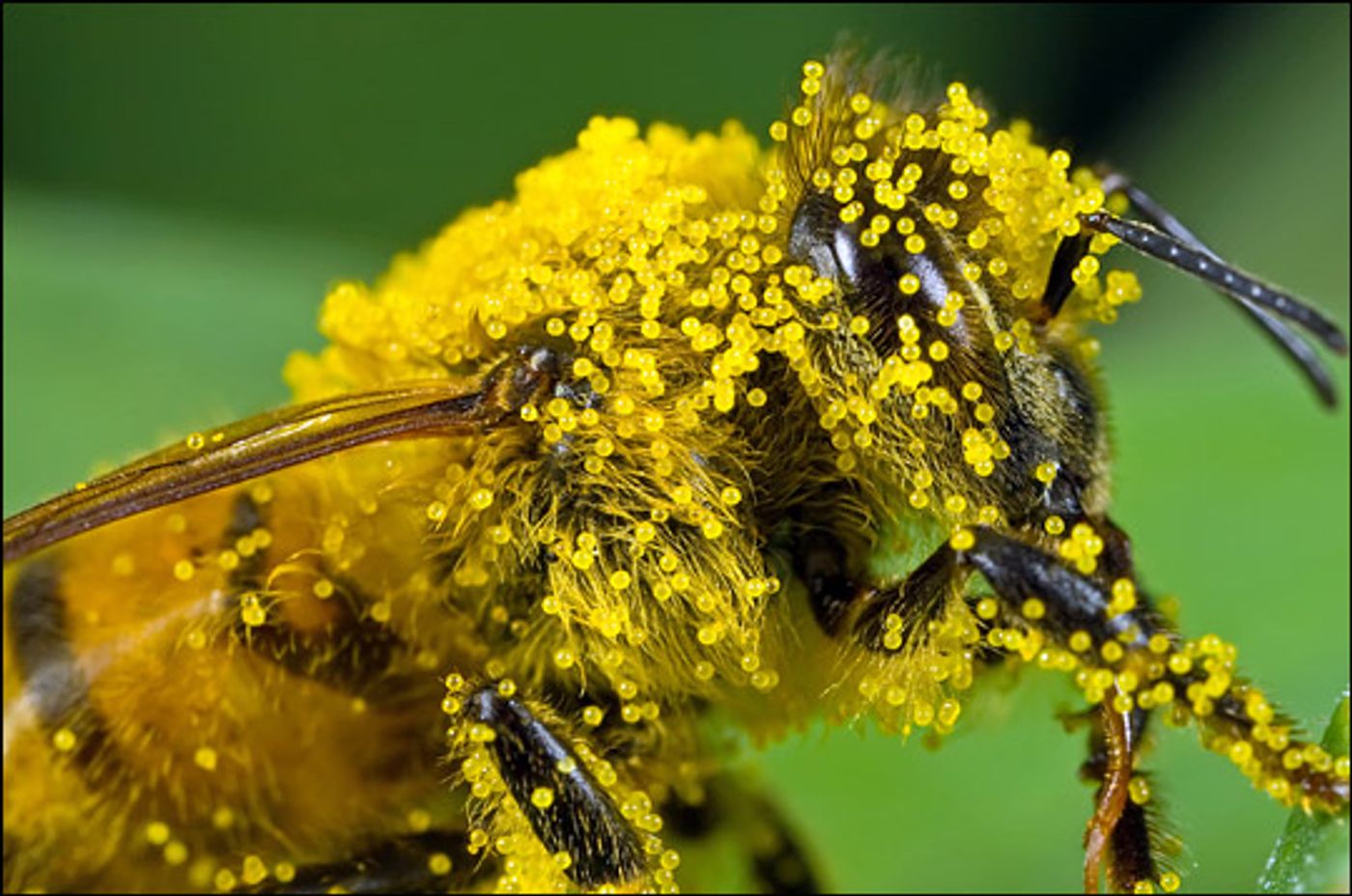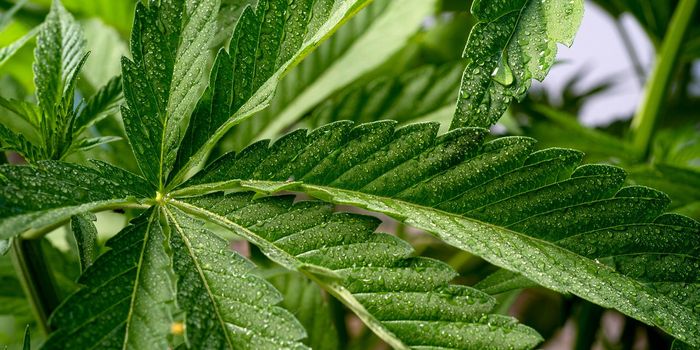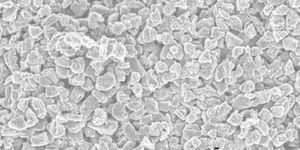Study Reveals the Need for Alternative Pollinators to the Bee
The common bee is attributed to Spring flowers and collecting nectar for the production of honey, but another important role that they play in the environment is they spread the pollen of plants to help plants reproduce.

Many farmers use pesticides that are bee-friendly, but ward off other critters, but according to a recent study performed by the University of Queensland’s plant ecologist Dr. Margie Mayfield, this could be a big mistake in wake of the declining numbers of bees.
There are various crops that rely on more than just the common bee to spread pollen, and these include many different kinds of edible crops we as humans rely on regularly, such as Coffee, Canola, Kiwi, and Mangoes among others.
Such critters that are threatened by pesticides that farmers will use to prevent unwanted crop harm are ants, beetles, butterflies, flies, moths, and even wasps. Granted some of the aforementioned aren’t as pretty as a bee, and sometimes come with nasty side-effects, their role in the environment is a critical key factor in producing healthy crops.
Non-bee pollinators do less work than bees do, but they still do a critical 25-50% of the amount of pollinating work that a bee will do.
"Scientists haven't much broadly explored the role of non-bee insects in crop pollination," Dr. Mayfield says. "The global reliance on honeybees for pollination is a risky strategy given the threats to the health of managed honeybee populations due to pests and diseases such as Varroa mites and colony collapse disorder. Non-bee insects are an insurance against bee population declines. We are trying to get the message out there to use scientific findings such as these to promote a change in agricultural practices."
With bee numbers continuing to decline, Mayfield urges farmers to let these other bee alternatives do their job in the environment, as it will not only be beneficial to crops, but also to the environment.
These critters can help pick up where the bee left off.
Source: Phys.org








